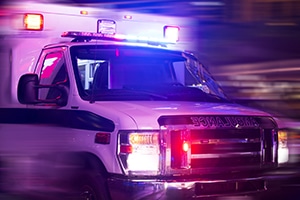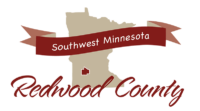Emergency Response During Winter Weather
Law enforcement, fire and emergency medical personnel respond to every call. Road conditions or visibility may mean delays in reaching victims. Travelers who have ventured out and become stranded on roads may need to wait until help can get there safely. If a person gets stranded after a no travel advisory or road closure, there may be fines associated with traveling on a closed road. Law enforcement, emergency vehicles and tow trucks may be held back if travel is dangerous or not possible.

Move Over Law
Flashing lights means slow down and use extra caution where emergency workers are present. Minnesota’s move over law states: When traveling on a road with two or more lanes, drivers must keep over one full lane away from stopped emergency vehicles with flashing lights activated — ambulance, fire, law enforcement, maintenance, construction vehicles and tow trucks. Reduce speed if unable to safely move over a lane.
Private Snow Removal Equipment
Homeowners and businesses typically are working to clear snow. Be extra cautious for snow blowers and pedestrians with shovels who may be near roadways. Snow moving equipment, bucket loaders and other implements may also be on rural roads clearing driveways and township roads.
Snowplow Safety Tips
Yield to Snowplows
They travel slower than posted speeds.
Leave Room Around Snowplows
Give snowplow drivers plenty of room to do their jobs.
Don't Drive into a Snow Cloud
Driving into a snowplow cloud is dangerous.
Slow Down!
Never use cruise control on wet or icy roads.
Stay Alert
A snowplow weighs 17 times more than a car. In a crash, occupancy of a car are much more likely to be seriously injured.
Be Patient
Follow at a safe distance. Allow at least five car lengths between your vehicle and the snowplow.
